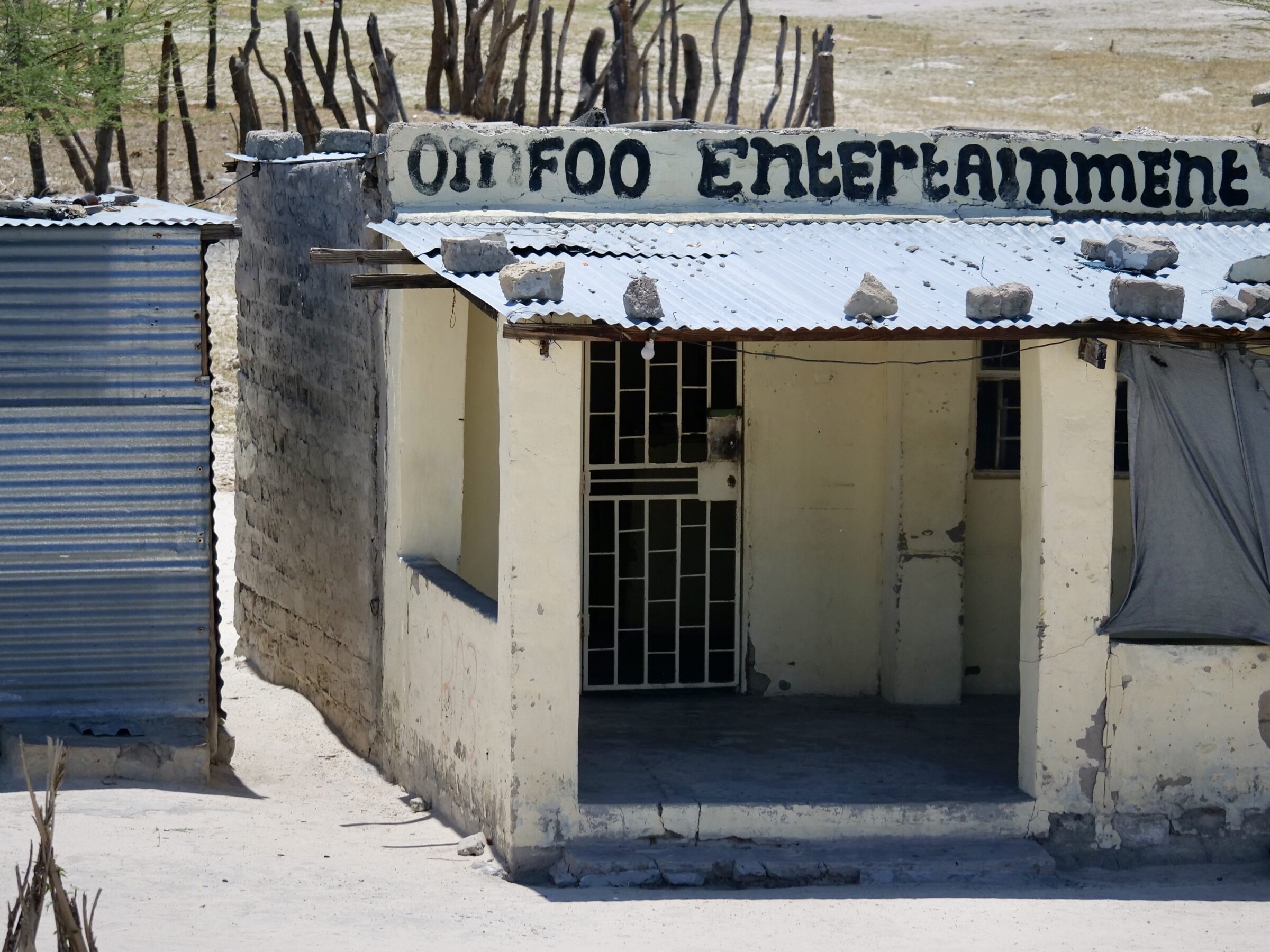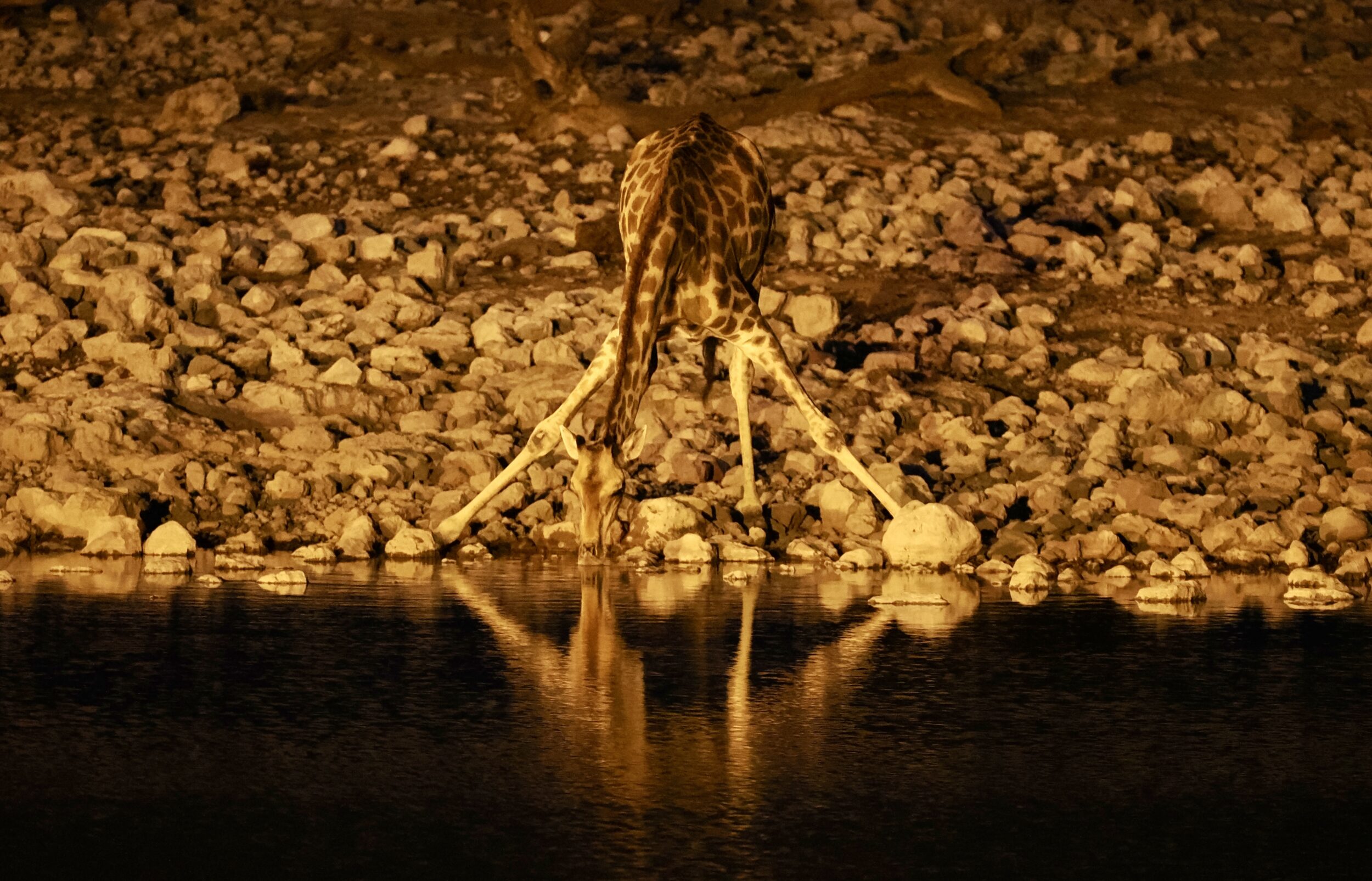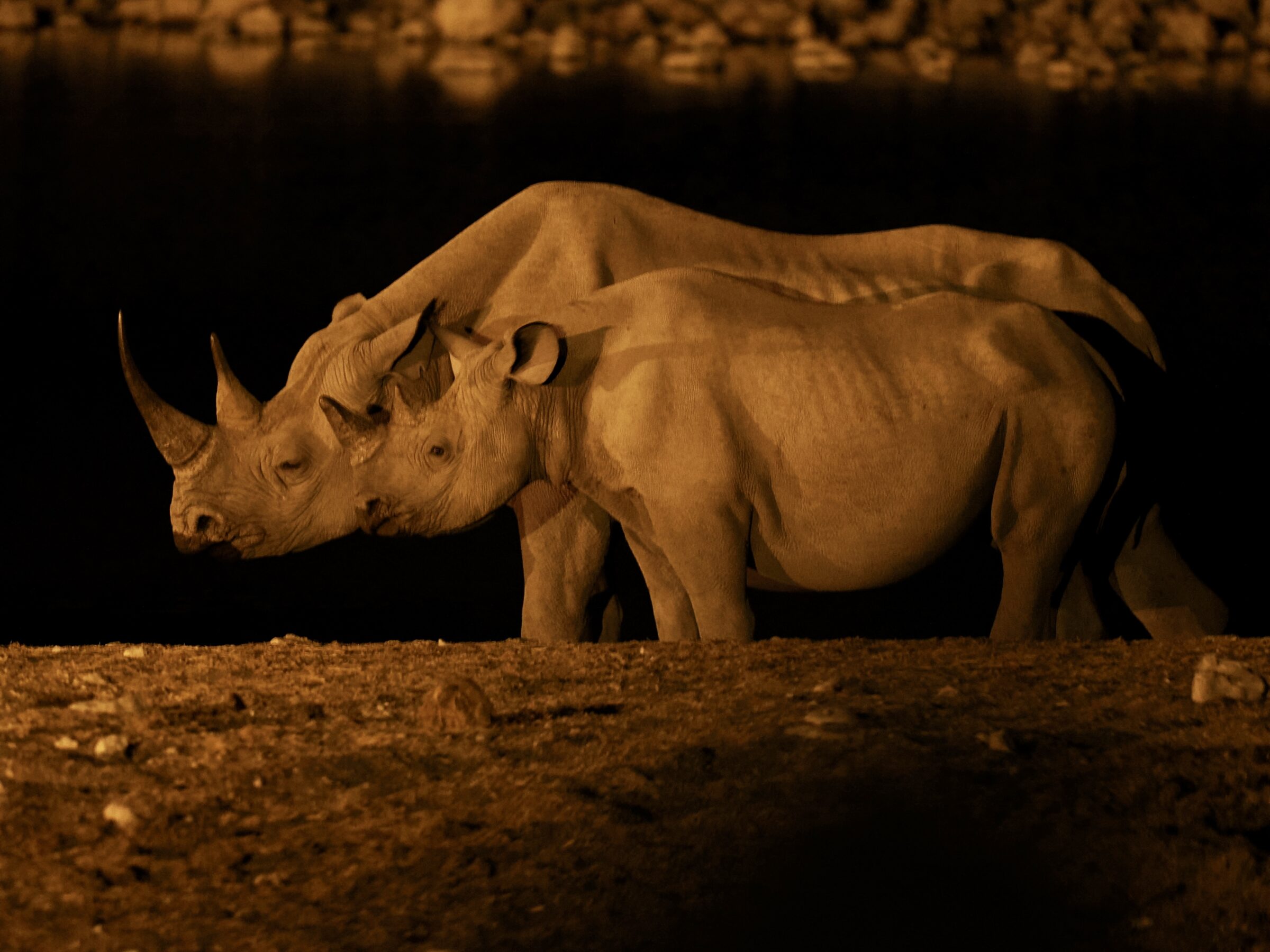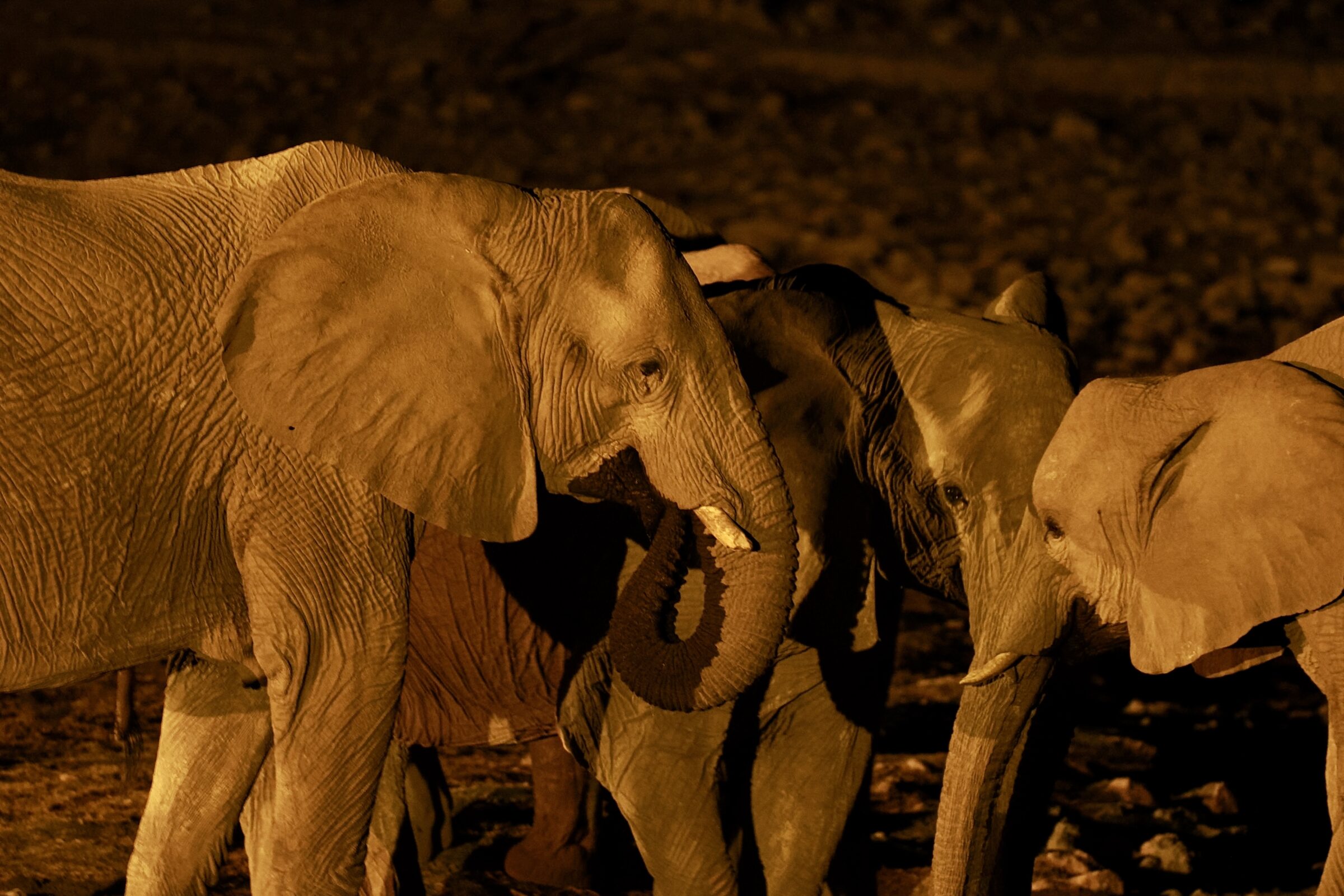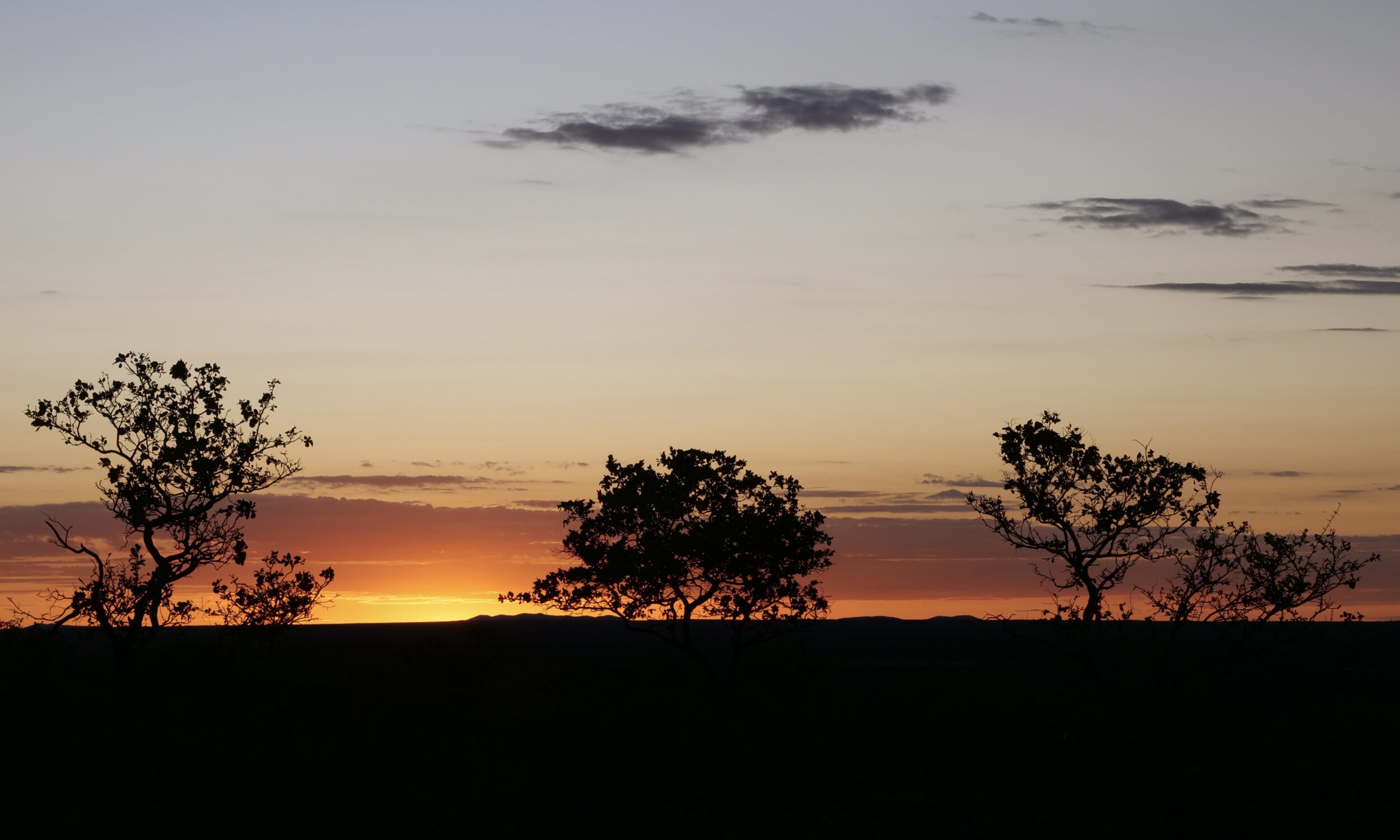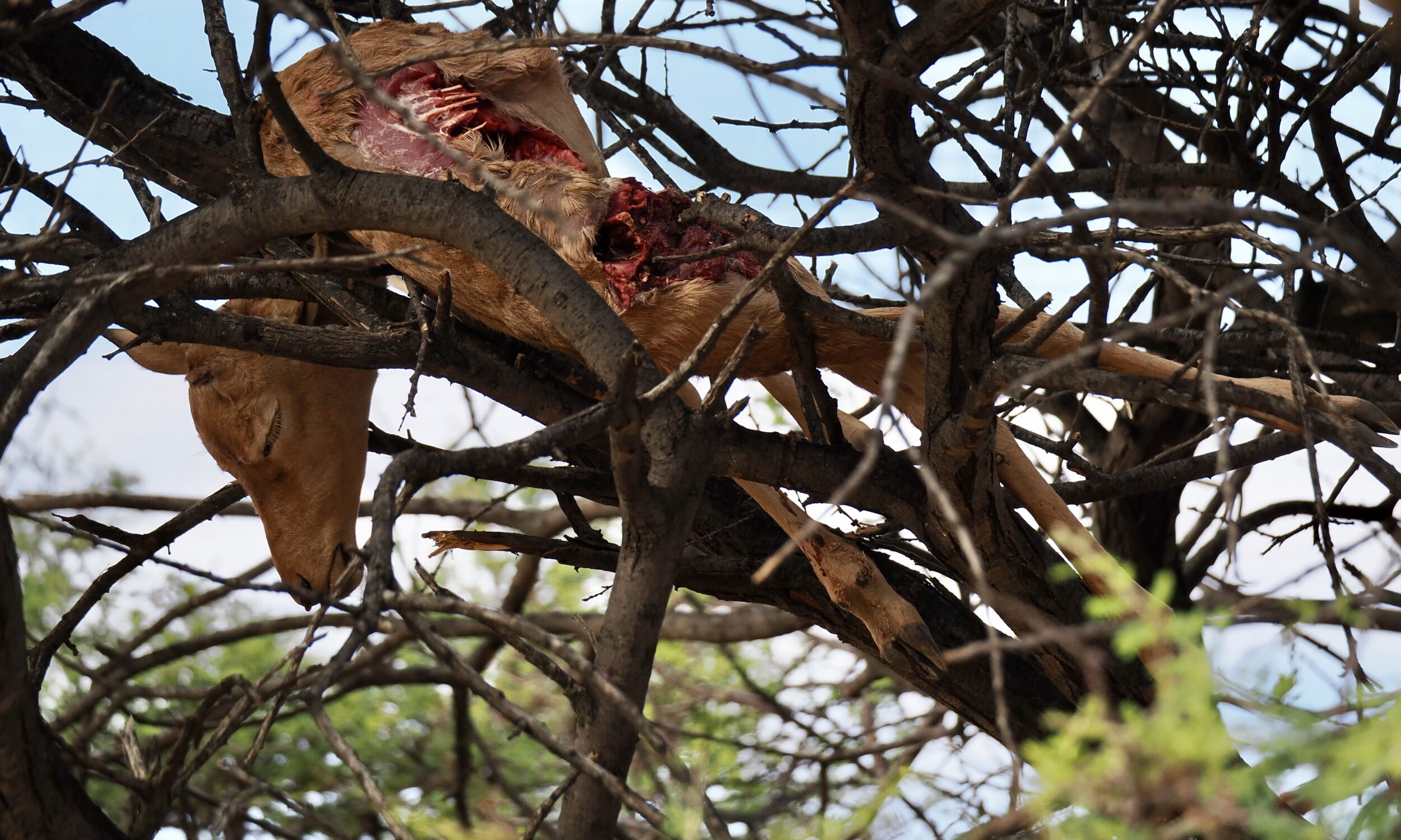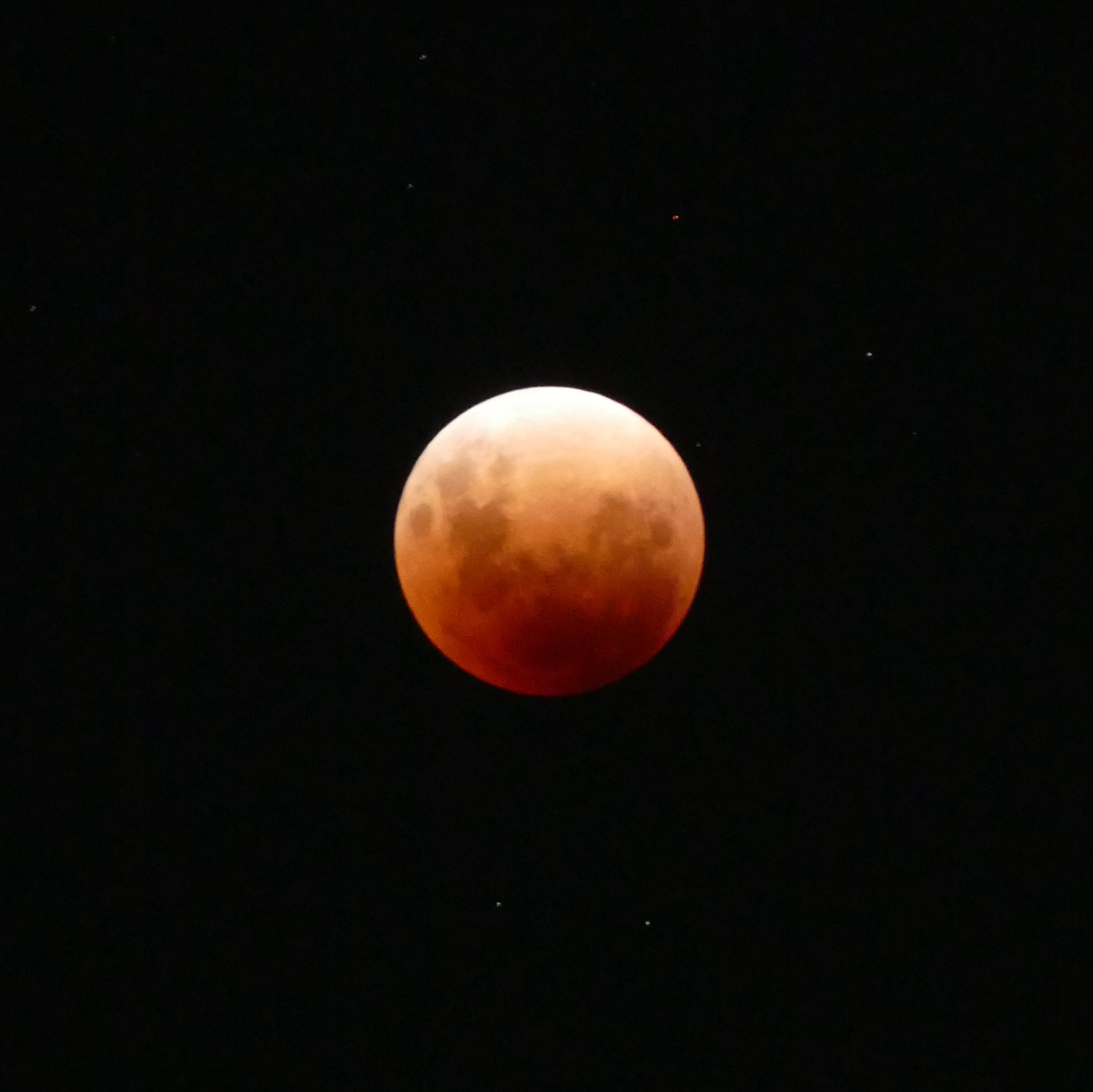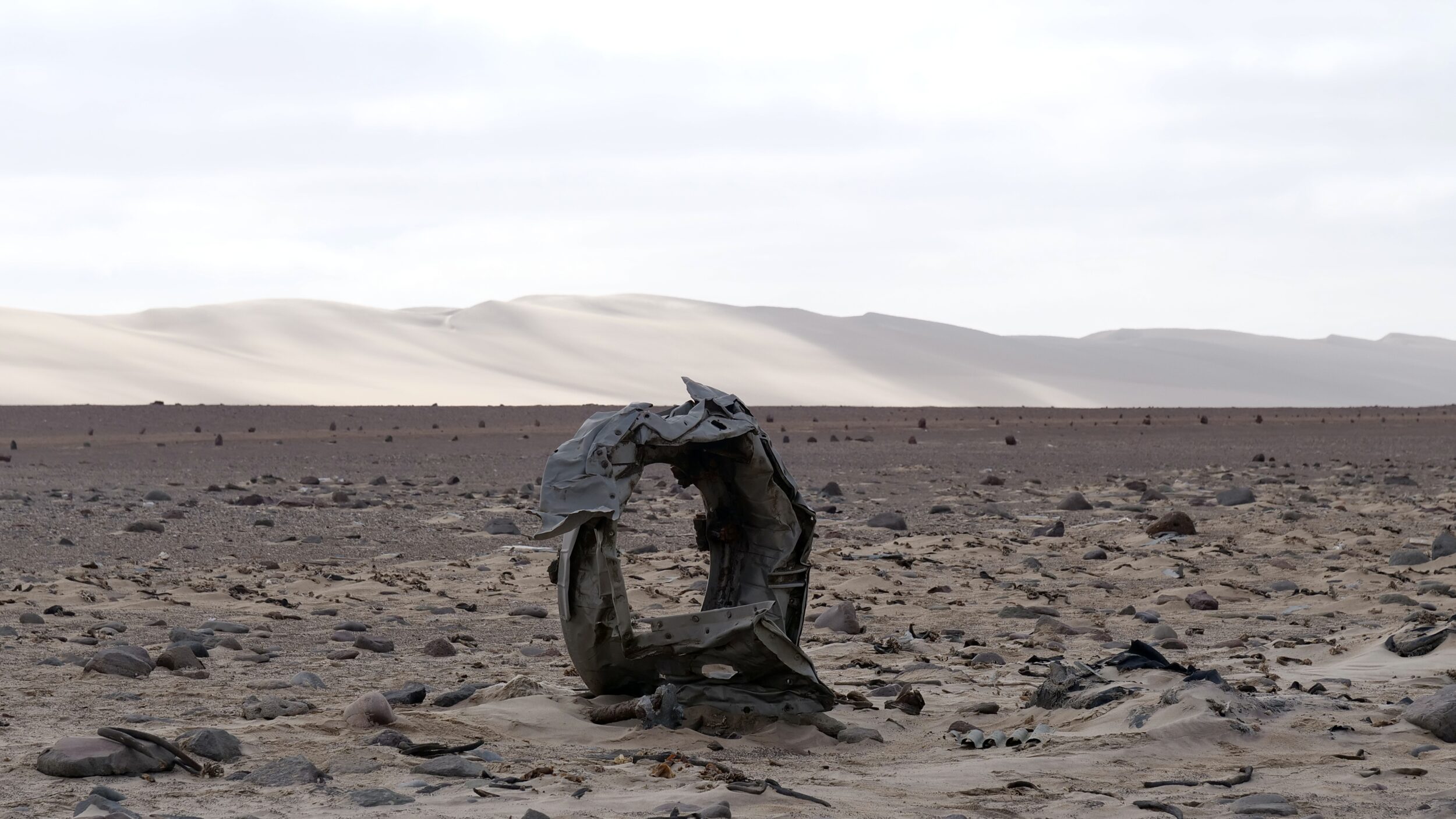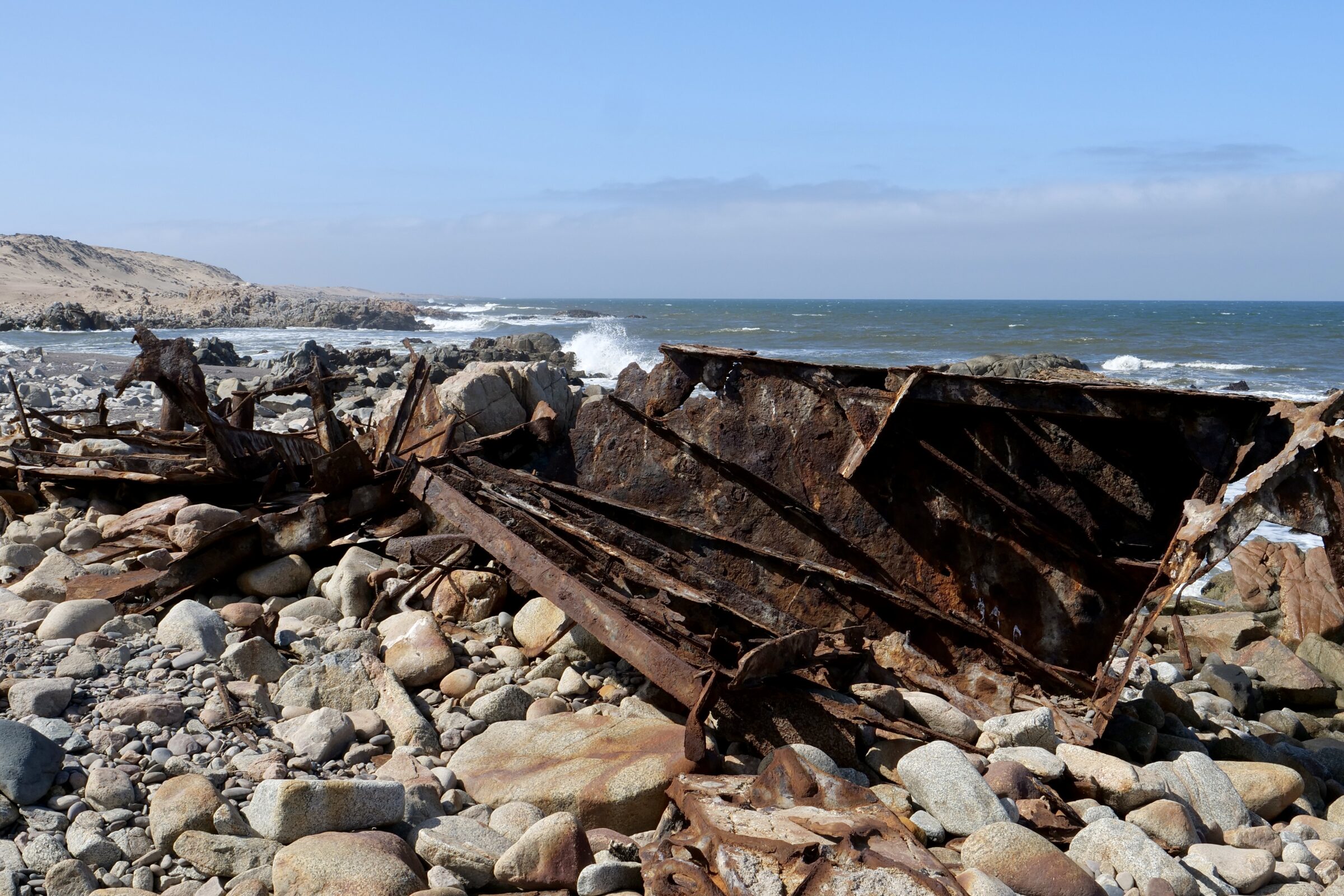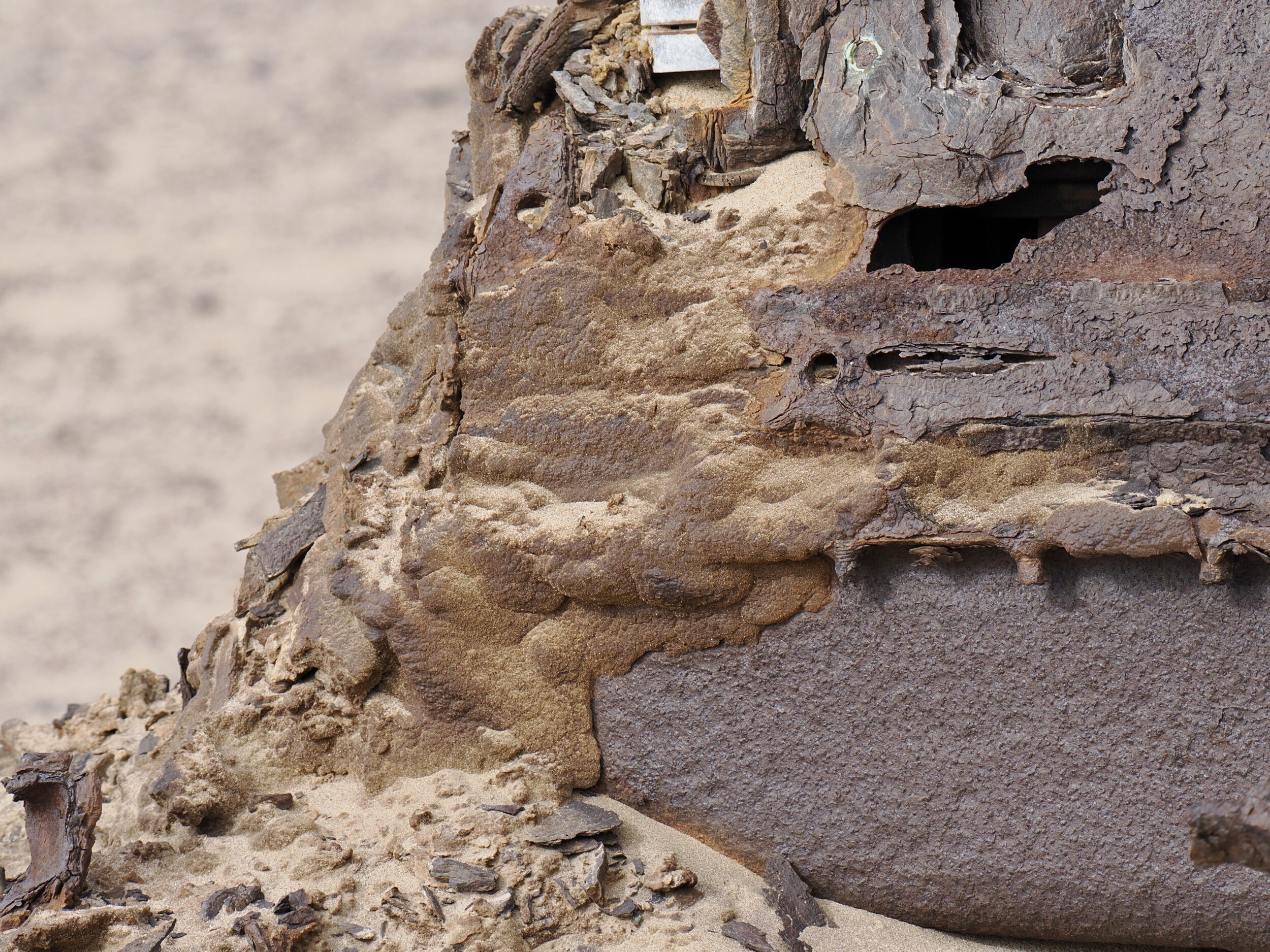The photo (copyright Doug Spencer, taken on 08 November 2022) shows a typical northern Namibian shebeen.
Signage in northern Namibia often provides visitors with delight…and/or surprise, confusion, bewilderment…
You’ll find no superb photography in this single-image series; almost everything in it was shot “on the fly”, through the window of “our” bus, as it zoomed past one one of many thousands of owner-operated businesses.
All were small, in reality.
However, their signs often “talked big”…
Comments closed